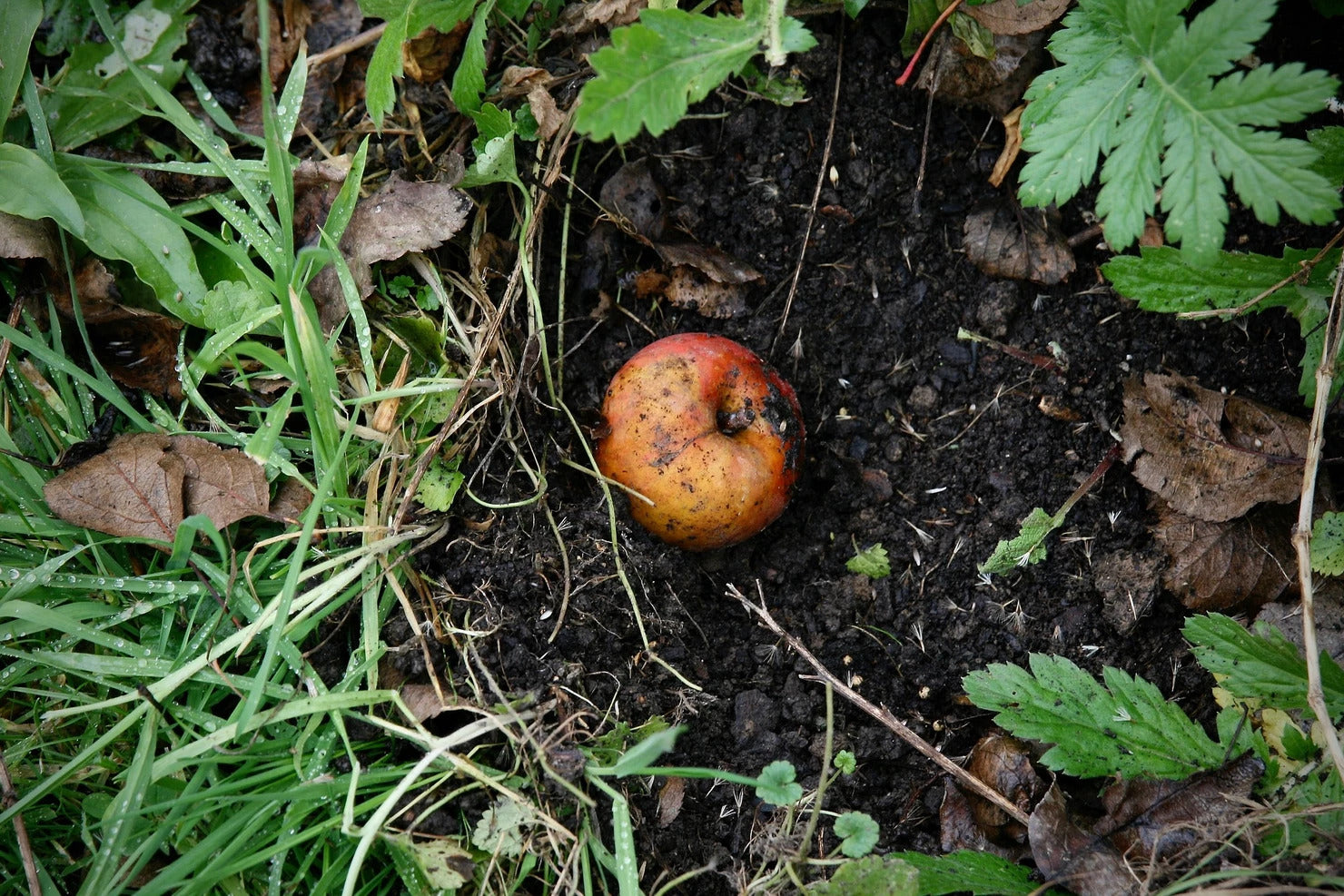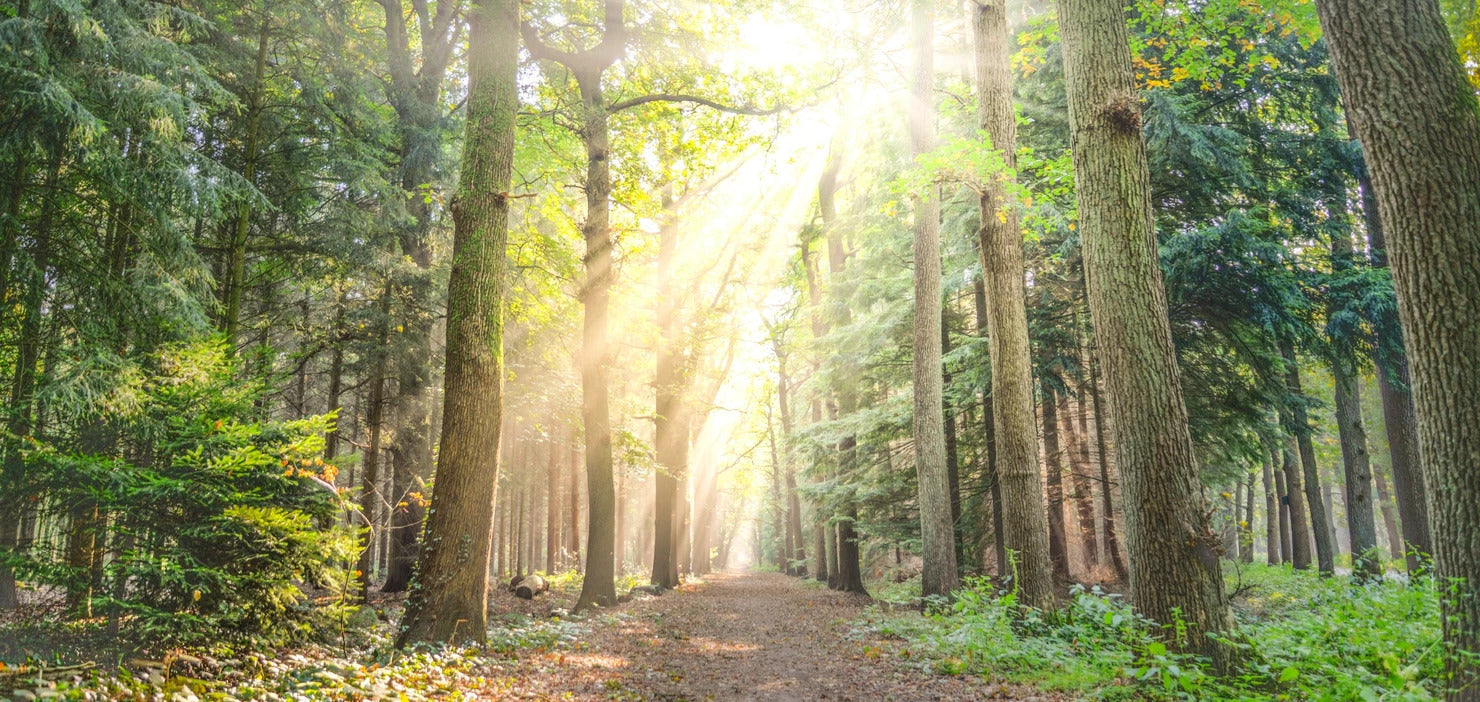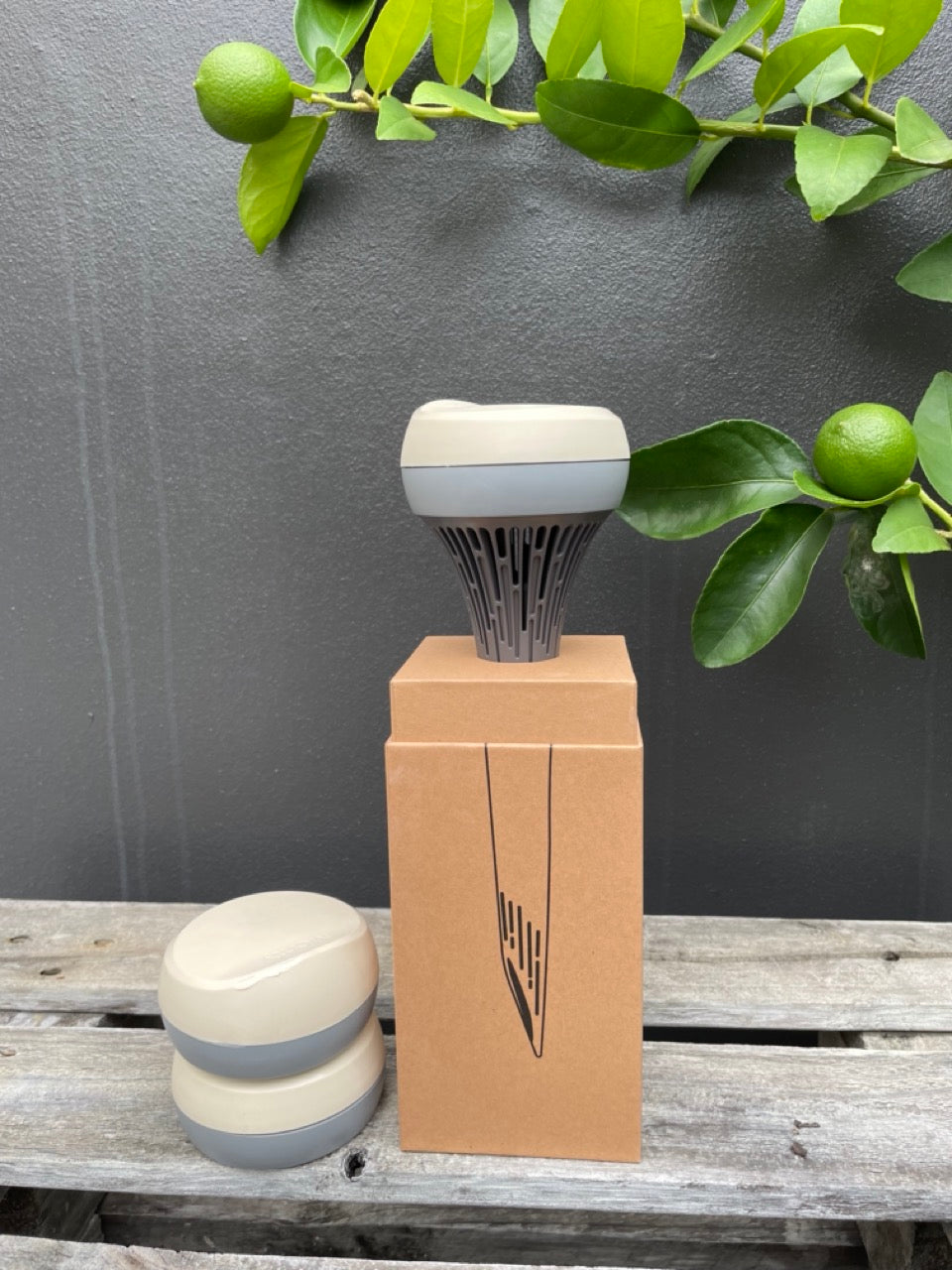Most people, both those who do and don’t compost, think it’s just a pile of rotting waste. You throw in anything green and leafy, Mother Nature works her magic and eventually it’ll be unrecognisable enough to use in a garden.
If you’re guessing that there’s way more to it, you’re spot on. The art and science of composting is wonderfully complex and there are thousands of ways to do it, both right and wrong.
Approaches to composting typically fall into one of two categories - hot or cold. These are super different and figuring out which one is right for you can be tricky. Firstly though, what are they?
Cold composting is typically what people consider composting to be. You load up a whole bunch of organic materials and leave it, potentially for up to a year. That’s it.
You mean I don’t need to turn it, we hear you ask? Not necessarily! So long as there is enough oxygen getting through, which can be done using sticks, passive aeration piping and other means, the pile will stay aerobic. The one thing to watch out for is excess moisture, which can be managed by just ensuring the compost is covered from the elements.
You can also continuously add to and remove from it. The organic material at the bottom and in the centre will decompose at a faster rate so can be used before that at the surface, meaning new material can be added continuously to top it up.

This sounds too good, where’s the catch? Well, there are a few for sure. Even the best compost pile isn’t super attractive, so if you don’t want a year round pile of waste in your backyard, a well-designed bay or container is needed. This is also true for pests, which are (unsurprisingly) huge fans of giant piles of undisturbed organic waste.
Not a whole lot of bacterial activity occurs in such piles, which is the main reason it stays so cold. A big downside to this is that any weed seeds, parasites or diseases are perfectly happy to just hang around, rather than getting killed off as they would in high temperatures. It also results in uneven decomposition, which can be pretty bad for your garden.
To summarise cold composting: easy but slow. What you gain in simplicity, you lose in compost quality and quantity.
So you gotta heat things up to make your compost fast and top-notch. This definitely isn’t as easy but for many the end result is more than worth it.
Hot composting is exactly what it sounds like. Instead of an undisturbed pile, left to decay as nature intended, this compost needs to be built up quickly, preferably to over a cubic metre, and regularly turned over to encourage bacterial activities. If you get all your conditions right, in just a few days, steam will start pouring out, with some reaching temperatures of over 70˚C!
There are some examples of the process taking only 18 days, meaning a massive organic waste to fertiliser turnover for all you avid gardeners but be warned. Hot composting is definitely not for the faint of heart. The compost needs to be created just right and maintained on an almost daily basis.
And then there’s warm composting, which is really anywhere between the two!

So which one's best? That's 100% up to you! The right way to compost is going to completely depend on your waste production, time and location. However you end up doing it though, we're here to help.
If you're looking to start composting or want to change it up a bit, reach out and we'll see how we can make it better. You can find us on Facebook, Instagram and TikTok or just send us through an email!




Leave a comment
This site is protected by hCaptcha and the hCaptcha Privacy Policy and Terms of Service apply.